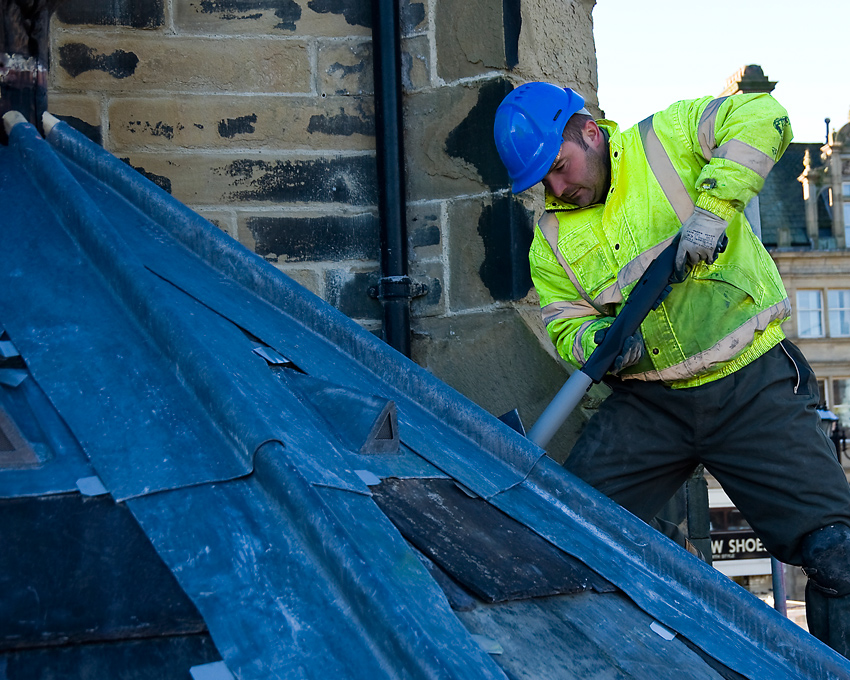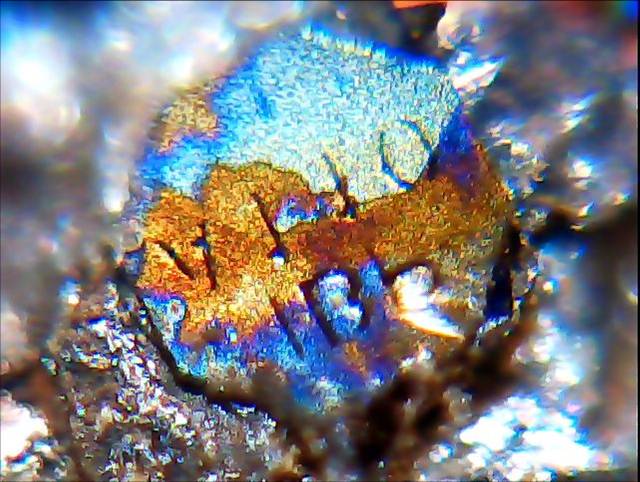New ballistic technology launched to deter lead theft
 Trace-in-Metal launches its comprehensive deterrent to the persistent problem of lead theft by infusing non-melting, coded microdots into existing lead structures.
Trace-in-Metal launches its comprehensive deterrent to the persistent problem of lead theft by infusing non-melting, coded microdots into existing lead structures.
The York-based company, Trace-in-Metal Ltd., today launched an answer to the on-going problem of lead theft from heritage buildings.
One of Britain’s oldest heritage building restorers, William Anelay Ltd, have been signed up, with their roofing specialists, Lowery Roofing, as the first installers of its uniquely comprehensive deterrent system which uses new patented, ballistic technology.
 The Trace-in-Metal system was demonstrated on Monday morning at the Huddersfield Parish Church of St. Peter’s, where the system has been installed, and was attended by representatives from local police and crime prevention teams, the insurance industry and the building trade.
The Trace-in-Metal system was demonstrated on Monday morning at the Huddersfield Parish Church of St. Peter’s, where the system has been installed, and was attended by representatives from local police and crime prevention teams, the insurance industry and the building trade.
The company brings together expertise from the security industry, ballistics research and heritage protection. Professor Bo Janzon, Director and renowned ballistics expert in charge of Trace-in-Metal’s research and development, says “This is the technology which gives the best chance of stopping lead theft from buildings. We use special ammunition which infuses thousands of coded microdots into existing lead structures. They are invisible so are virtually impossible to remove.”
To embed the microdots into the lead requires them to be fired at a precise speed using specialised ammunition. After smelting, the microdots are detectable by metal refiners with simple equipment, making the lead traceable at any stage of the recycling ‘food chain’ via a national property register which is regularly accessed by law enforcement and tax authorities.
Trace-in-Metal lead theft deterrent will also be supported by legislative changes outlawing cash payments in the metal recycling industry making it difficult for refiners to accept stolen lead.













